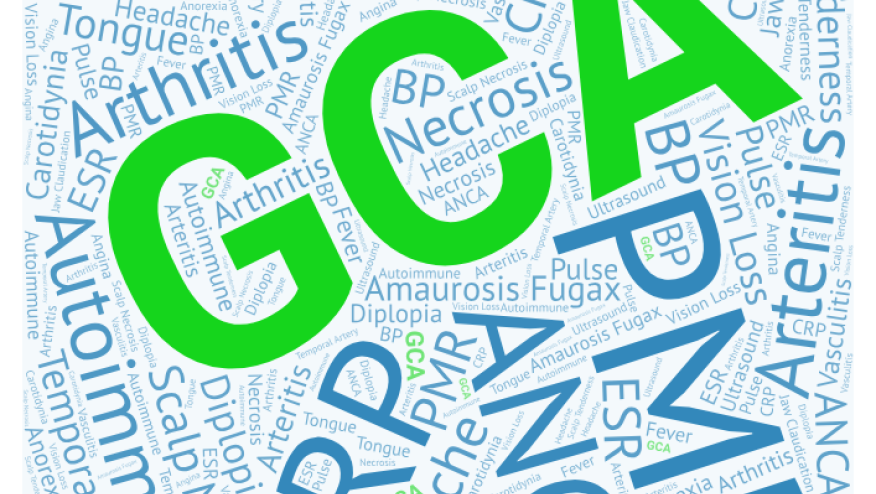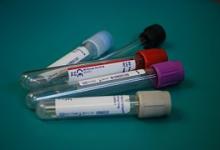Glossary for Giant Cell Arteritis Save

Dejaco and colleagues have published a glossary of terms often used in conjunction with giant cell arteritis. The glossary of definitions for 23 signs and symptoms of GCA was developed through a consensus process involving international experts.
"Despite the prevalence and impact of RMDs, HCPs, PCPs and the public have limited awareness of RMDs". Education and information are crucial to overcoming these obstacles. Having a glossary of GCA terms has numerous advantages: reduces errors/ambiguity, provides clarification and consistency, and improved communication and comprehension.
- All the definitions from this glossary refer to signs or symptoms not better explained by other clinical conditions (that is, they are primarily attributed to GCA).
- The glossary should not serve to prevent patients who do not completely fit these definitions from receiving the necessary diagnostic procedures or therapies.
| Headache | New-onset pain localised to the head, not typical of headaches the patient previously experienced. The pain is usually persistent, continuous, and not easily alleviated by analgesics. |
| Temporal artery abnormalities | Any of the following features of a temporal artery: thick, firm, tender, or with a diminished or absent pulse. |
| Scalp tenderness | Pain/discomfort on touching the scalp, occurring on one or both sides, often elicited by brushing or combing hair. |
| Scalp necrosis | Ischaemic damage to the scalp marked by altered colour and compromised integrity of the skin. |
| Jaw claudication | Pain, fatigue, or discomfort in jaw muscles occurring when chewing and resolving shortly after chewing stops. |
| Tongue claudication | Pain, fatigue, or discomfort in the tongue when chewing or talking that resolves after chewing or talking stops. |
| Tongue necrosis | Ischaemic damage to the tongue marked by altered colour and compromised integrity of the mucosa. |
| Amaurosis fugax | Transient loss of vision in one or both eyes, without associated ocular pain, that is usually sudden and resolves within minutes or rarely hours. |
| Permanent loss of vision | Sudden and irreversible, partial, or complete, loss of sight in one or both eyes. |
| Fever | Temperature ≥38°C (100.4°F). |
| Limb claudication | Pain, fatigue, or discomfort in limb muscles that occurs with use and is relieved by rest. |
| Blood pressure inequality | A difference of ≥20 mm Hg in systolic blood pressure between contralateral limbs. |
12 Additional Signs and Symptoms of GCA
| Abdominal angina | Recurrent pain or discomfort in the abdomen, usually occurring or worsening after eating, considered due to vascular insufficiency. |
| Anorexia | Diminished desire to eat. |
| Blurry vision | A visual disturbance in which objects appear unclear, making it difficult to see things sharply. Typically sudden in onset. |
| Carotidynia | Pain or tenderness over one or both carotid arteries. |
| Diplopia | Transient or persistent visual disturbance in which an object is seen partially or fully in duplicate. |
| Dry cough | A type of cough not accompanied by expectorated phlegm, mucus or blood. |
| Hearing loss | Partial or complete inability to hear sounds in one or both ears. Typically rapidly progressive. |
| Odynophagia | Pain or discomfort with swallowing. |
| Peripheral arthralgia | Pain or discomfort in the joints of the extremities. |
| Pulse abnormalities | Pulse that is difficult to detect or feels faint when palpating arteries in the extremities. |
| Weight loss | Reduction of body weight of at least 5%. |










If you are a health practitioner, you may Login/Register to comment.
Due to the nature of these comment forums, only health practitioners are allowed to comment at this time.